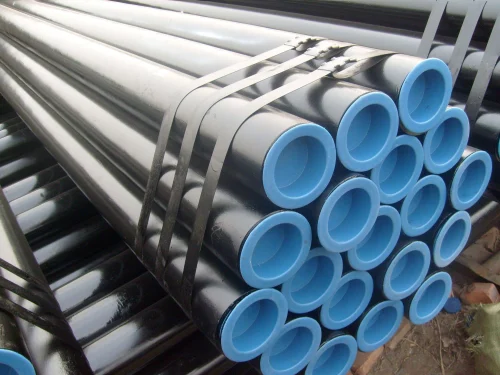Carbon Steel
Carbon steel, a vital alloy of iron and carbon, is widely used for its strength and versatility. Its carbon content, typically 0.05% to 2.0%, dictates its mechanical properties for specific applications. Trace elements like manganese and silicon have minimal impact on its performance.
This durable metal alloy, blending iron with carbon, serves industries like construction and oil and gas. The carbon level, ranging from low to high, influences hardness, ductility, and weldability. Other elements are present in quantities too small to significantly alter its characteristics.

Carbon steel is a cornerstone material in industries worldwide, primarily composed of iron and carbon, with trace amounts of elements like manganese, silicon, and sulfur that minimally affect its properties. With carbon content ranging from 0.05% to 2.0% by weight, it offers a spectrum of mechanical characteristics, categorized into low, medium, and high-carbon types, each tailored for specific industrial needs.
Carbon steel pipes are available in various grades, each designed for specific applications and adhering to industry standards for consistent performance.
| Grade | Equivalent | Application |
|---|---|---|
| ASTM A53 Grades A & B | P235 | Structural and pressure piping systems |
| ASTM A106 Grades B & C | P265, Wst. 1.4301 | High-temperature environments (boilers, heat exchangers) |
| ASTM A333 Grades 3 & 6 | P265NL, Wst. 1.4401 | Low-temperature service (cryogenic pipelines) |
| API 5L Grades B, X42, X52, X60, X65, X70 | P355–P460, Wst. 1.4541 | Oil and gas pipelines |
Carbon steel pipes are essential in various industries due to their robust properties and adaptability:
| Properties | Values & Limits |
|---|---|
| Material | Carbon Steel, Seamless/Welded |
| Size | 1/2" to 24" |
| Pressure Rating | 150#, 300#, 600#, 900#, 1500#, 2500# |
| Standards | ASME B16.5, ANSI, API, EN |
| Surface Finish | Machined, Galvanized, Coated |